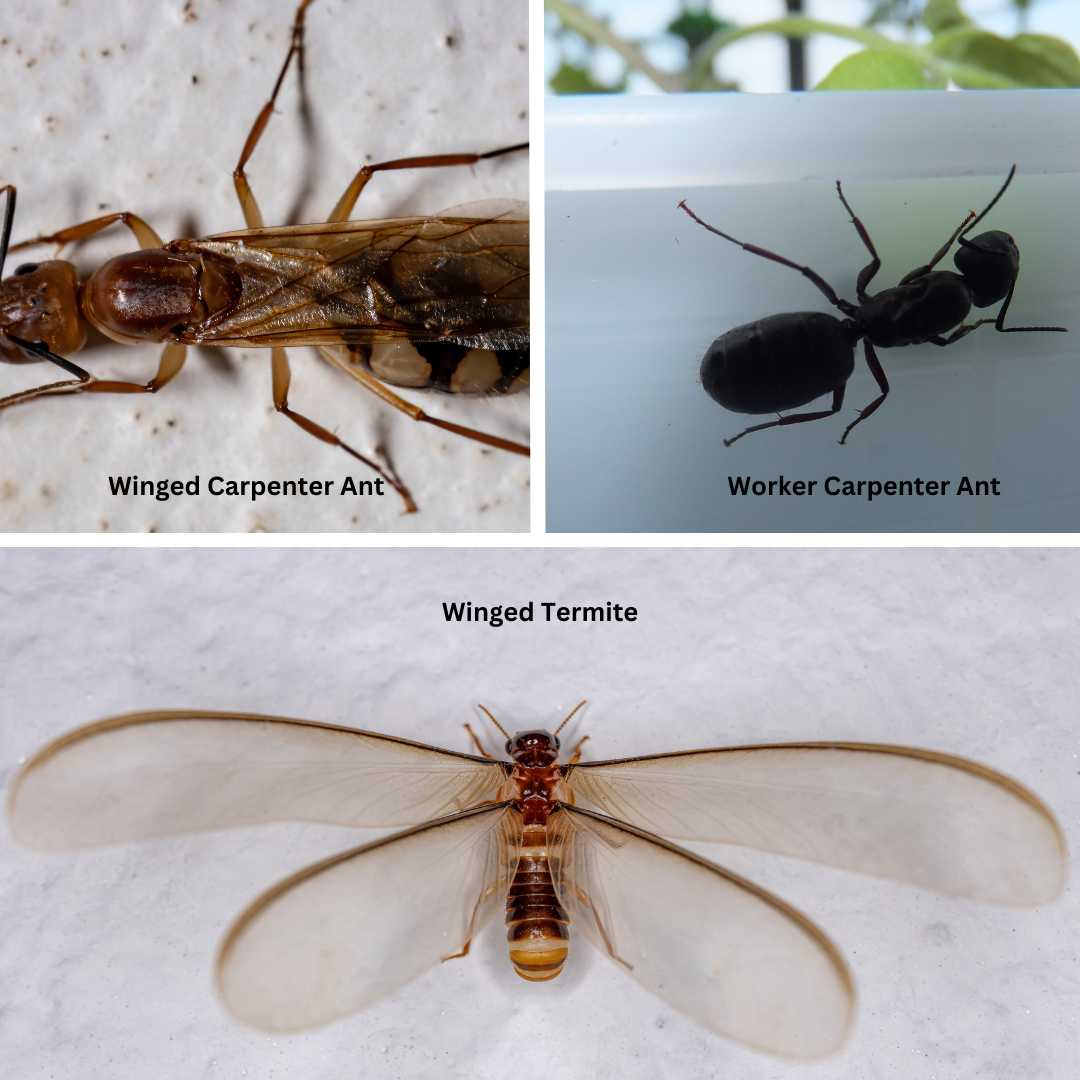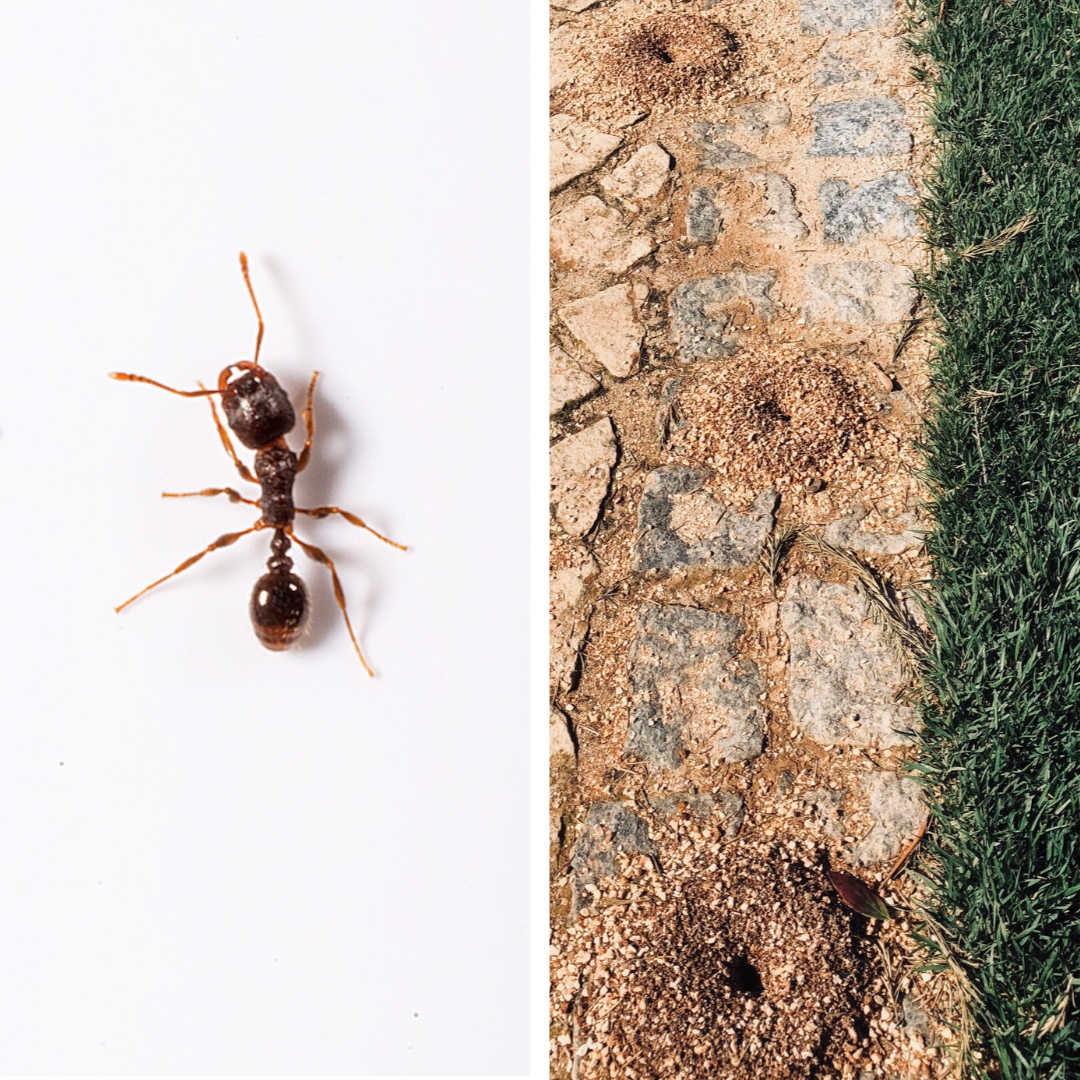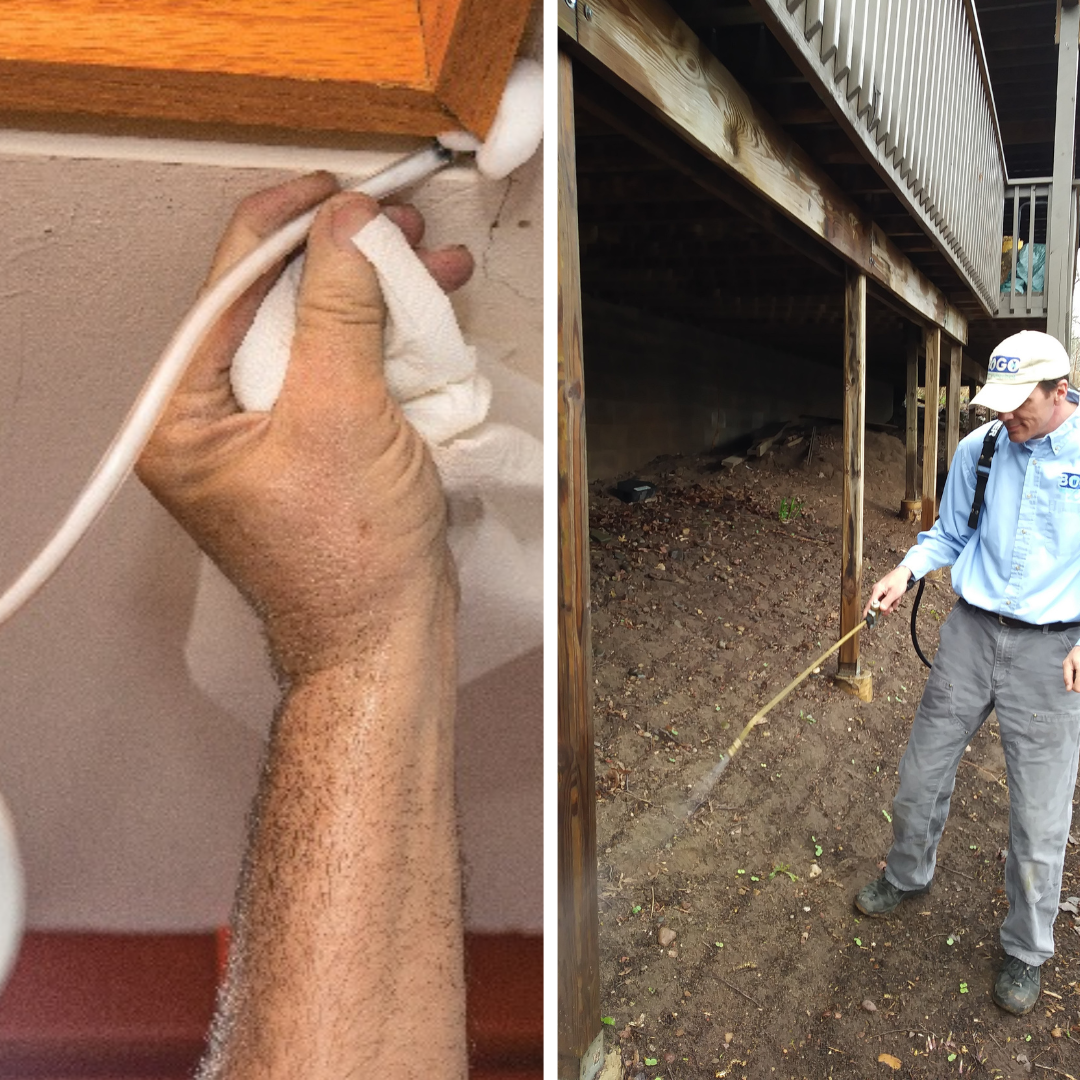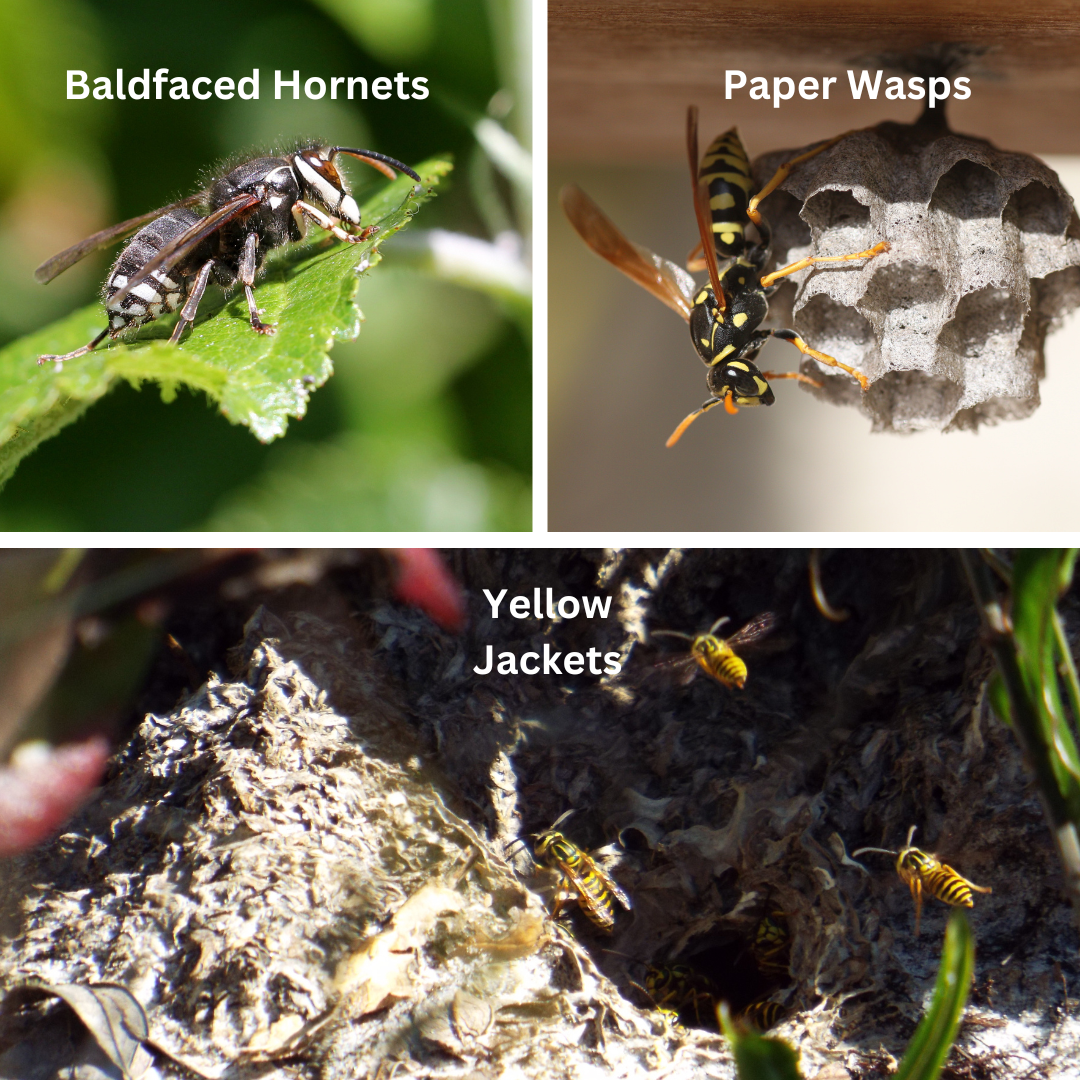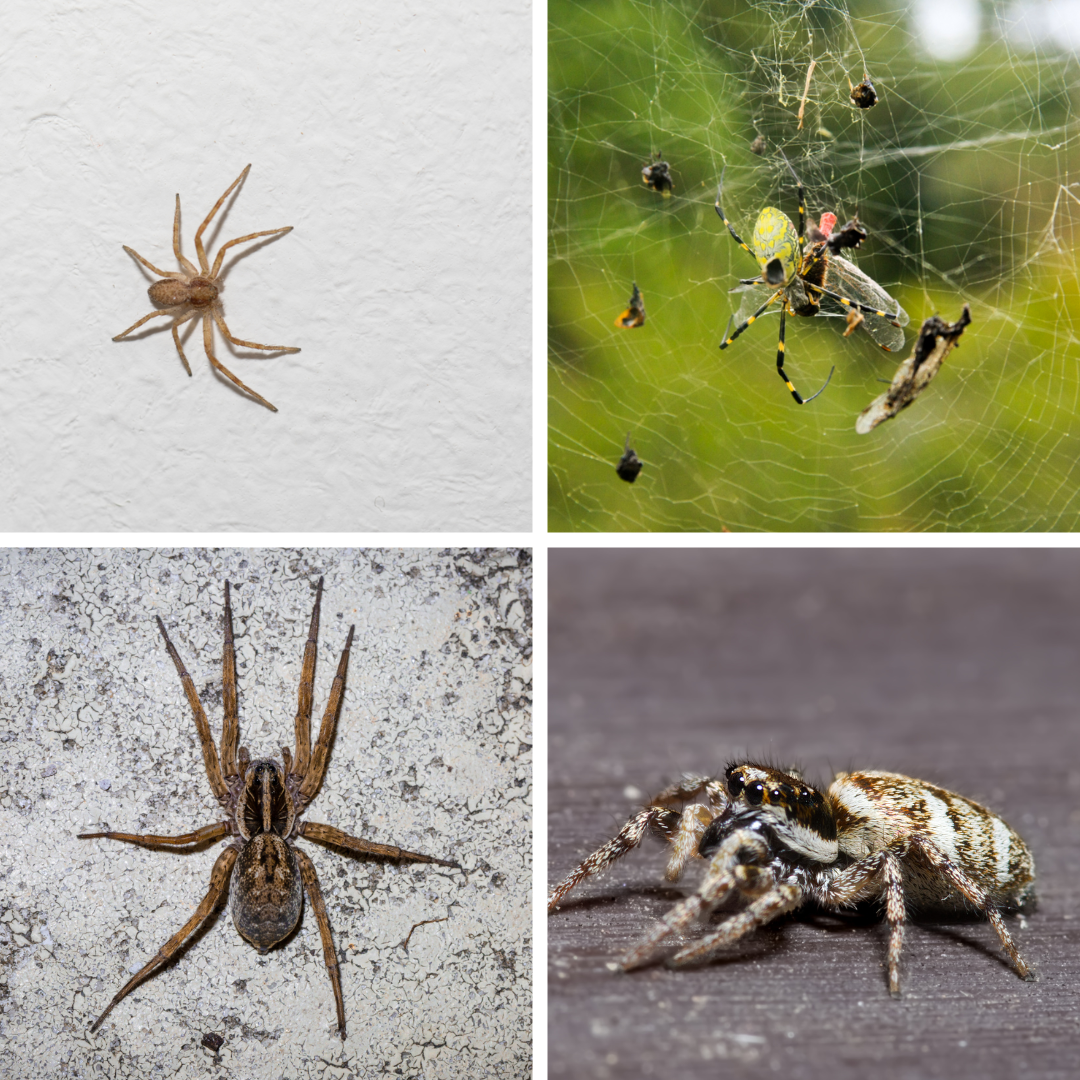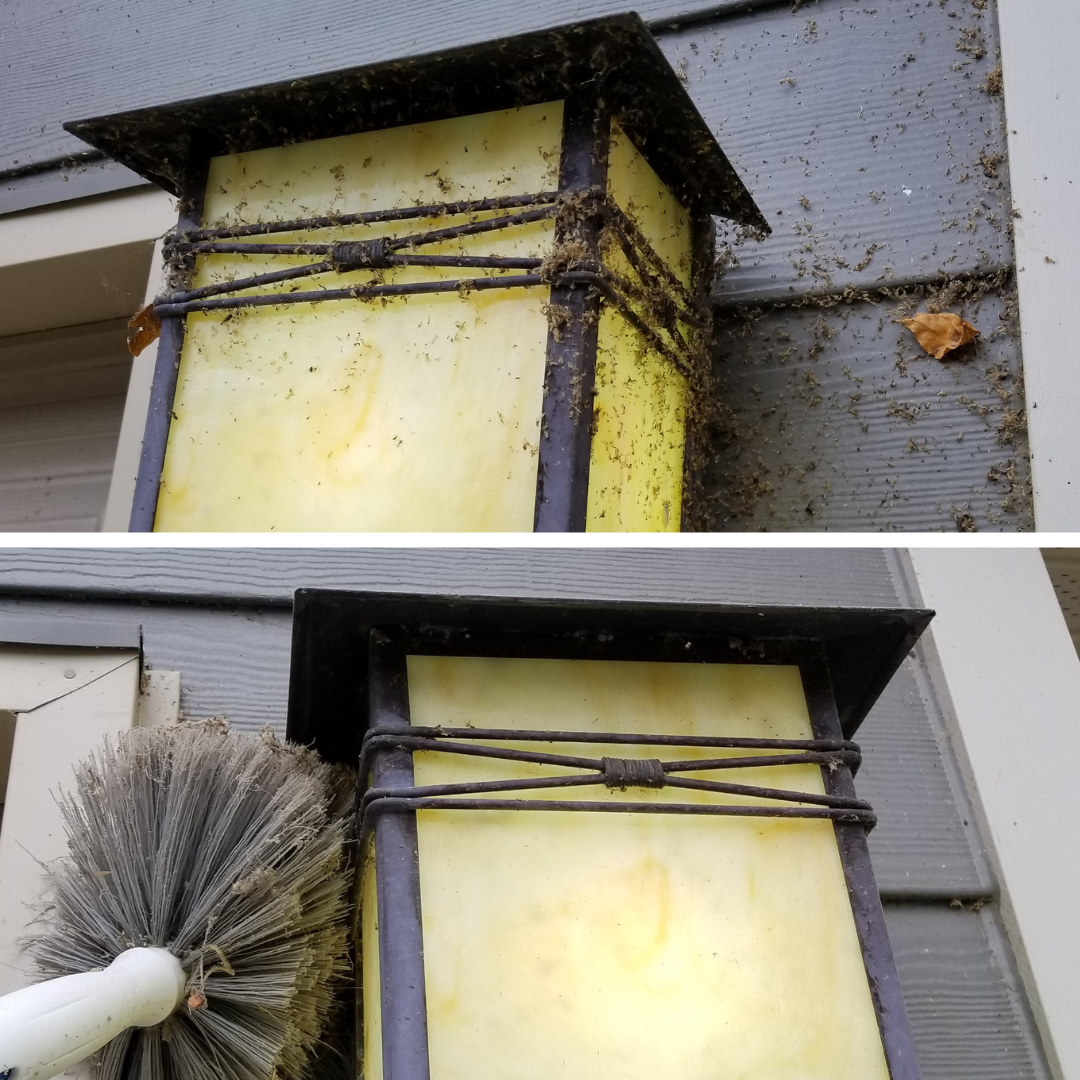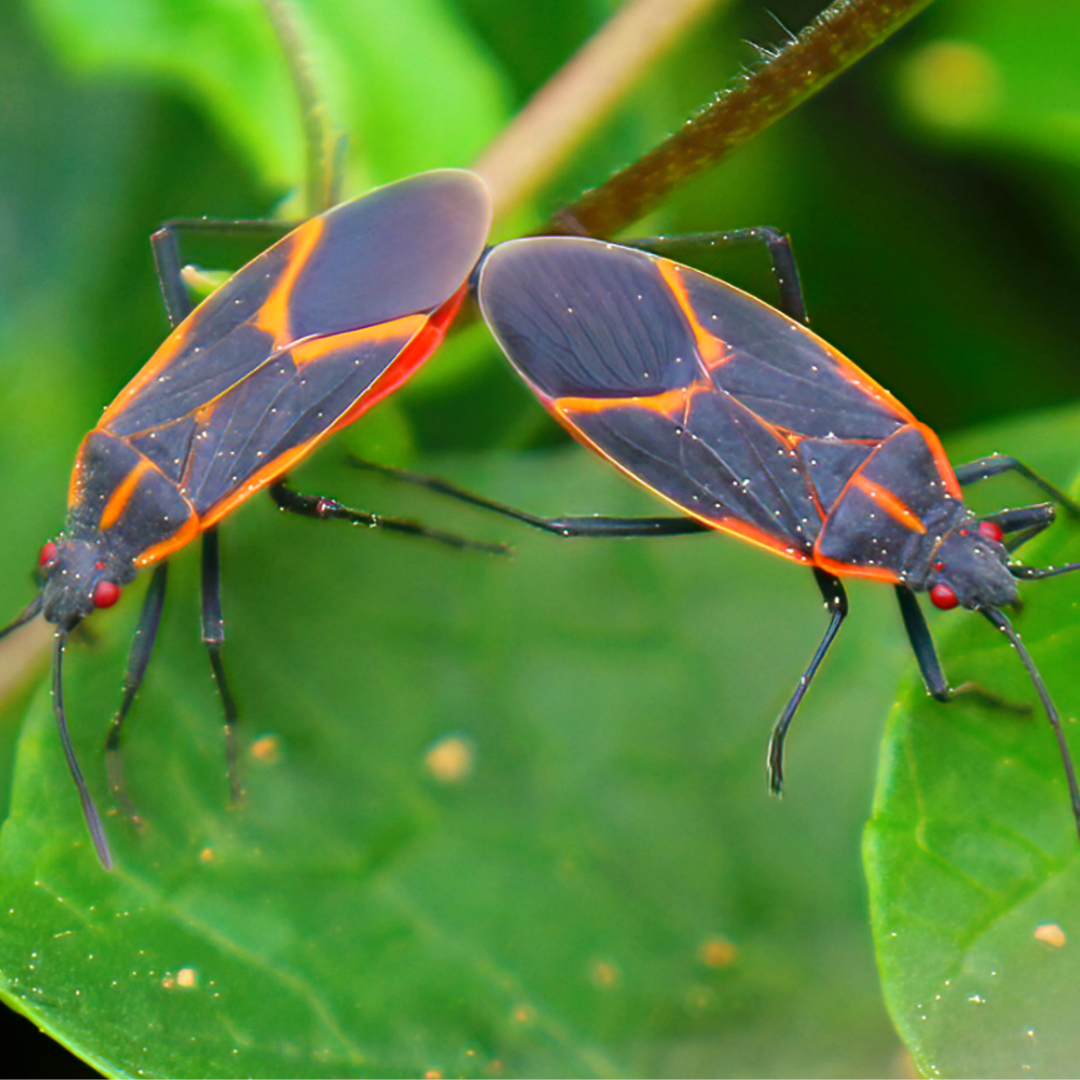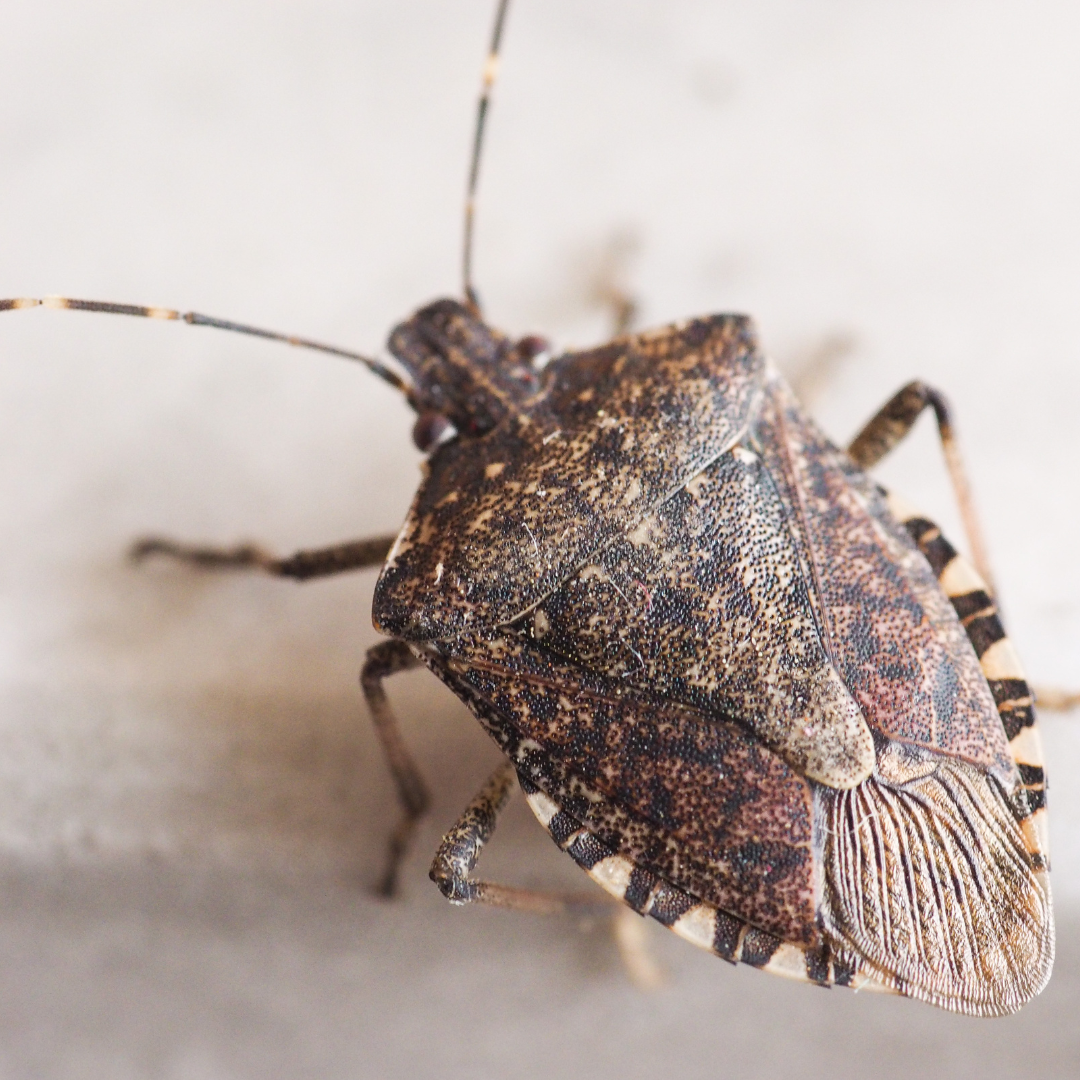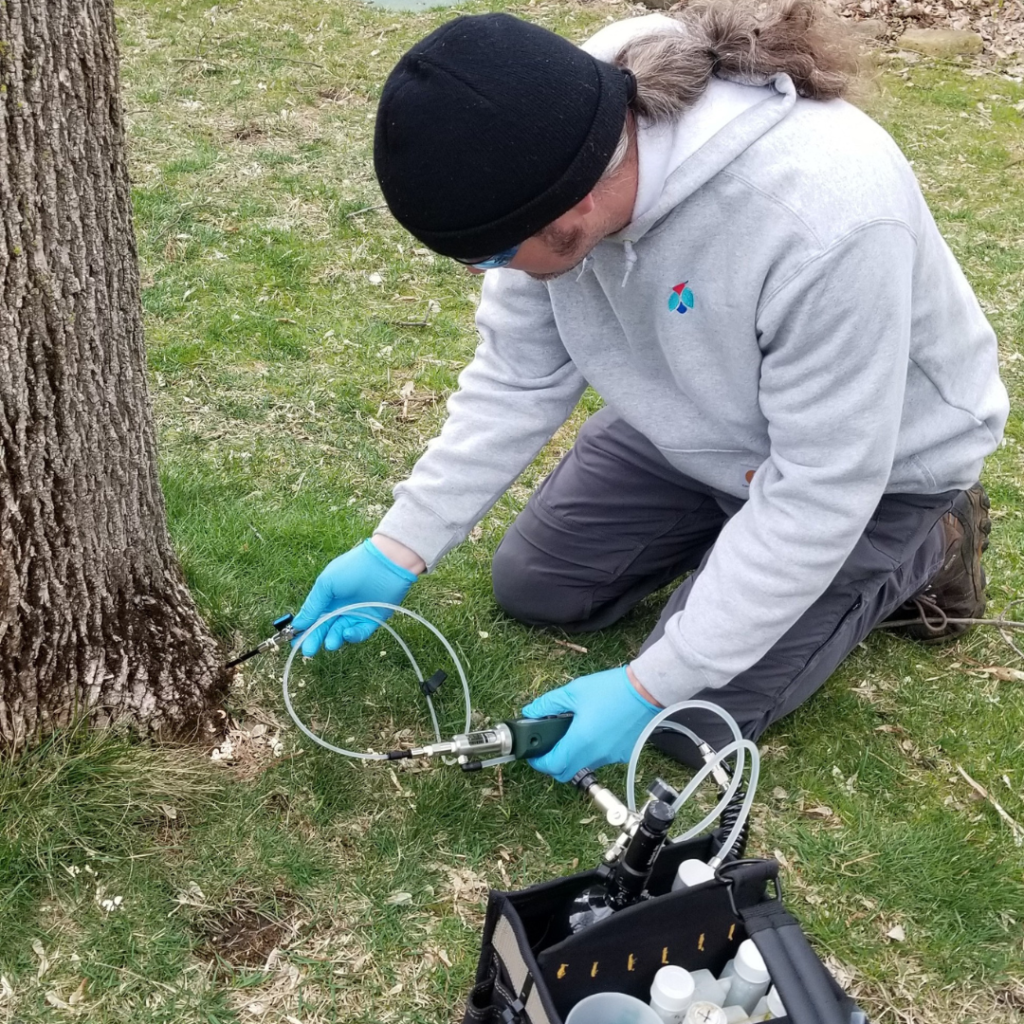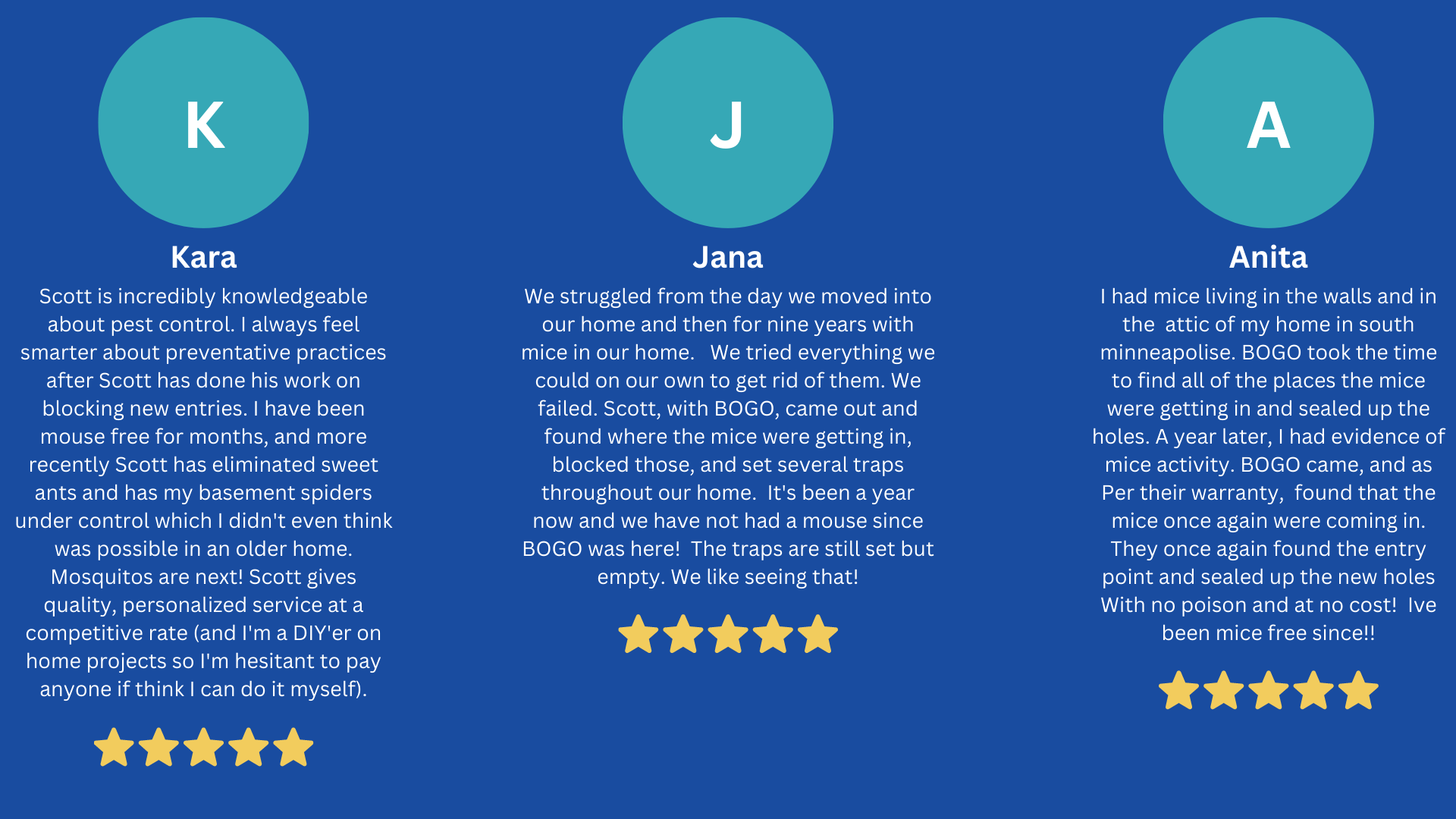Contact BOGO for all your White Bear Lake Minnesota Pest Control Needs.
White Bear Lake Minnesota is a beautiful city 40 minutes North of the Cities. The lake attracts visitors and insects in the summertime.
These are the most common pests found in White Bear Lake Minnesota
(Click the name to keep from scrolling)
To protect your home from all these insects and more our Insect Protection Plan or IPP is the most effective option
If you have any questions or concerns or would like to schedule an appointment call or send us an email
Call Us Today! 952-404-BOGO (2646)
Share This Page!
Ants in White Bear Lake Minnesota
Carpenter Ants
A winged carpenter ant is either a male or a female ant. Winged carpenter ants are commonly seen in late spring and mid-summer in White Bear Lake. They swarm during their mating season. Their mating ritual is known as nuptial flight. Because of their wings, they can sometimes be misidentified as winged termites. One key difference is their body shape. Termites bodies are more rectangular shaped and ants are uneven and shaped like an 8. Termites’ antennas are also much shorter. An ant’s antenna is elbowed shaped bending at a right angle. Carpenter ants get their name from being attracted to wet rotted wood. They chew tunnels and galleries through the wood to store their food, larvae, and pupas. Termites entire wooden structures. They eat wood no matter what condition it is in.
Pavement Ants
Pavement ants are identifiable by their small size, color, antennas, and nests. They are small only growing 0.3 cm in length. Their colors vary between reddish brown or all brown. Their antennas are characterized as clubbed antennae. This means the tip is wider around than the rest of the antenna. In White Bear Lake their nests are found under sidewalks, driveways, and patios. Their nests are visible by their circular-shaped piles of dirt and sand above cracks in the cement or bricks. When pavement ants are inside homes there is either a nest inside or the ants are foraging for food to bring back to their nest outside. They build nests under cement slabs, vents, heated floors, and insulated foundations. If there are winged pavement ants that is an indicator that there is a nest inside.
Ant Service
Our ant service in White Bear Lake is composed of interior and exterior treatments. Our interior treatments are mostly done when homes are seeing ants in the winter. The product we use inside is a type of foam. The foam fills into cracks and crevices the ants are crawling out of. Once the snow melts we can spray the exterior of the home. We spray along the foundation and areas where ants can climb up to get into the home. The products we use are made so that ants aren’t killed as soon as they come across them. Unfortunately, only 10% of ants in a colony leave the nest. Our products allow the 10% of ants to carry the product back to their nests to spread it to the rest of the colony. It takes 30 days after the service to eradicate any nests inside or outside of the home.
Click below to learn about our ant services
To learn more about ants visit our Minnesota ant identification page
Mice in White Bear Lake Minnesota
Mouse Behavior
Mice in White Bear Lake Minnesota behave in similar ways. The fall is when mice start to search for places to live in the winter. This is often the most common time to see mice inside your home. They are more active as they are building nests and also hoarding food to store for winter. Mice do not hibernate in the winter but will start spending more time inside than outside. If their nest is built in a temperature-controlled area they will still be able to breed and raise young. Mice do not have a breeding season. Some mice can have up to 10 litters a year. Mice live in groups of multiple females one or two males and their offspring. Their territory is usually 30 yards away from their nest. Mice use scent trails to mark their territory and to find their way back to the nest at night. These scent trails become rub marks the more time the same entry point is used.
Mouse Service
Our White Bear Lake mouse service we provide starts with a thorough inspection of the outside of the home. During the inspection, we take photos of entry points, evidence of mice, and limitations. Limitations are areas around the home that block our techs from sealing places along the foundation or roof. Some examples of limitations include cedar shakes, low decks, and low 3-season porches. We explain the science behind how mice behave. Including why and how they are living inside the home. The second service is only done if the customer requests it. The seal-up is more effective than any other pest control company. Our 2-year warranty or 2-year 2-visit warranty is proof that we back up the success of our mouse service. We use specific materials that are built to withstand mice chewing threw them and often seal entry points in multiple layers.
Click below to learn more about BOGO’s signature mouse service
To learn more about mice and their behavior visit our mouse identification page
Wasps in White Bear Lake Minnesota
Wasp Behavior
3 common social wasps live in White Bear Lake Minnesota. The bald-faced hornet, paper wasp, and yellow jacket. The bald-faced hornet is a white and black wasp. They build aerial nests and build them from scratch each spring. Each nest is built at least 3 feet off the ground. Their nests can grow to have 400-700 workers by the end of summer. Paper wasps get their name from their thin papery nests. They are not protected by an outer layer like other nests. The hexagonal cells are used to store the larvae before they become workers. Their nests are also built from scratch each spring. By the end of the summer, their nests have between 30-70 workers. The most aggressive wasp is the yellow jacket. Their nests vary in location and can often be hard to find. Their nests can grow to have 1,000-4,000 workers by the end of the summer. All wasps find the material for their nests by chewing on dried-out wood. They commonly chew on wooden shingles or wooden decks.
Wasp Service
Our wasp service in White Bear Lake is effective against wasp nests built inside man-made structures or have outer papery layers. Over-the-counter wasp killer products will not be effective for the wasps that don’t leave the nest. These products are designed to kill wasps instantly. That means the only wasps that will come in contact with it are wasps that leave the nest. Only people who can use our product are licensed pest control technicians. If an unlicensed individual uses this product they could accidentally eradicate entire bee colonies. The product works in a way that allows the wasps to carry it back inside their nests. Once inside they spread it throughout the rest of the colony before finally dying. Each wasp nest takes around 2 weeks for the product to kill the entire wasp colony.
Click below to learn about our wasp service
To learn more about wasps and bees visit our identification page
Spiders in White Bear Lake Minnesota
Spider Behavior
Spiders live off of feeding on insects. In White Bear Lake Minnesota, these insects include; mosquitos, flies, ticks, moths, and aphids. Many of the insects they eat are known for carrying diseases that affect people and plants. Some spiders catch insects inside cobwebs and some catch insects by hunting them. Some of the most common web-building spiders in Minnesota include; the common house spider (top left), garden spider (top right), and the harvestmen spider (aka daddy longlegs). The common hunting spiders in Minnesota include; the wolf spider (bottom left), jumping spider (bottom right), and sac spider.
Spider Habitat
Spiders love living near water and in wooded areas. Bodies of water attract a large population of insects. The more insects there are the more food there is for the spiders to eat. White Bear Lake is surrounded by water which makes homes there especially susceptible to spiders. Spiders follow the food. Homes that have lots of spiders have other insects infesting the home as well. Leaving leaf litter around the home also attracts spiders. Many insects live inside leaf litter. Clearing out the leaves in basement gully windows helps decrease the number of spiders getting inside.
Spider Service
Our spider service in White Bear Lake starts by knocking down cobwebs on the home. We are not a cleaning service but we try and knock down as many cobwebs as we can. By knocking down the cobwebs we are destroying the spider’s egg sacs. One egg sac can hatch out hundreds of baby spiders making a spider problem go bad from worse. After this, we spray along the foundation, corners, and soffits. The product lasts for 2 months on the home. Homes near water or woods need multiple treatments to control the population of spiders on and inside the home.
Click below to learn more about our Spider Service
To learn more about spiders read our blog “We Love Living Near Woods and Water and so do Spiders!”
Boxelder Bugs and Stink Bugs in White Bear Lake Minnesota
Boxelder Bugs
In White Bear Lake Minnesota, Boxelder bugs can be found roaming inside homes in the winter. As the sun warms up the windows, roof, and siding some boxelder bugs defrost and move around the home. They do not mate, breed, or lay eggs when inside. In the spring as temperatures increase the boxelder bugs start looking for ways out of the home. They quickly start feeding on grass and other plants before breeding in late spring and early summer. In the middle of the summer, they live on female boxelder trees. This is where the bugs lay their eggs. They also feed on the helicopter seeds the trees produce. In the fall they start searching for homes and buildings to overwinter inside.
Stink Bugs
Stink bugs have only been in White Bear Lake Minnesota since 2010. Over the last 10 years stink bugs have quickly grown to become one of the most common fall pests in the Twin Cities. They are seen landing on homes and buildings in the fall searching for areas to overwinter. They have been noted to enter homes through chimneys, steel flues, soffits, and air vents. During sunny days in the winter, the roofs and windows heat up and the stink bugs wake up. When they wake up they start roaming around looking for a way out. They do not mate or lay eggs while inside in the winter. Once it’s spring the rest of the stink bugs will wake up and start looking for ways to get out of the home. In the summer they lay their eggs on plants that grow fruits or vegetables that they eat.
Boxelder Bug and Stink Bug Service
The product we use for boxelder and stink bugs is more effective when it is applied before the bugs swarm on the home or building. The bugs that are seen landing on the exterior of the home have already started making their way inside. If the product is already on the home the bugs will die before they get inside. When we apply the product we also try our best to cover the entire home. Both of these insects can fly and enter the home through entry points that aren’t visible from the ground. Some of the most common entry points include soffit vents, fascias, foundations, broken weather stripping, and cracks in the foundation and around windows.
Click below to learn more about our boxelder/stink bug service
To learn more about stink bugs and boxelder bugs read our blog “Minnesota Fall Pests.”
Ash Tree Service in White Bear Lake
Benefits of Treating Your Ash Trees
The emerald ash borer damages ash trees by their larvae feeding underneath the bark. They feed on the cambium layer of the tree. This layer when damaged prevents the ash tree from spreading the proper nutrients and water to the rest of the tree. An infected tree needs to be either cut down or saved by treating it. By treating your tree you’ll be saving thousands to tens of thousands of dollars. As the emerald ash borer becomes more prevalent the demand for cutting down ash trees has risen which has drastically increased the cost. By saving your trees you are also helping the environment. One mature ash tree is capable of absorbing 1000 pounds of carbon dioxide from the atmosphere in one year!
Ash Tree Service
The ash tree service we conduct has been chosen after trial and error. Other ash tree treatments offered in the industry are designed to make the companies more money instead of successfully saving the trees. The treatments are completed too quickly as the product is injected into the tree simultaneously. Our service injects the product individually into each injection point around the trunk of the tree. We measure the correct dosage for each injection which helps spread the product evenly throughout the cambium layer killing the emerald ash borer larvae inside.
For more information about the emerald ash borer in White Bear Lake
Learn more about the emerald ash borer and the benefits of treating your ash trees
To protect your home from all these insects and more our Insect Protection Plan or IPP is the most effective option
BOGO Provides Pest Control Services For the Twin Cities and Beyond! Just a Few Cities We Service For Include;
Anoka|Apple Valley|Bloomington|Burnsville|Coon Rapids|Champlin|Chanhassen|Deephaven| Delano|Eagan|Eden Prairie|Edina|Elk River|Excelsior|Golden Valley|Independence|Lino Lakes|Long Lake|Maple Grove|Maple Plain|Medina|Minneapolis| Minnetonka|Minnetrista|Mound|New Brighton|North Oaks|Orono|Prior Lake|Plymouth|Ramsey|Rogers|Shoreview| Shorewood|Stillwater|St. Louis Park|St. Paul|Victoria|White Bear Lake| Wayzata|Woodbury|
If you have any questions or concerns or would like to schedule an appointment call or send us an email
Call Us Today! 952-404-BOGO (2646)




